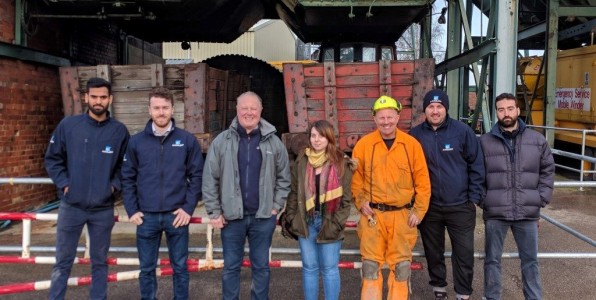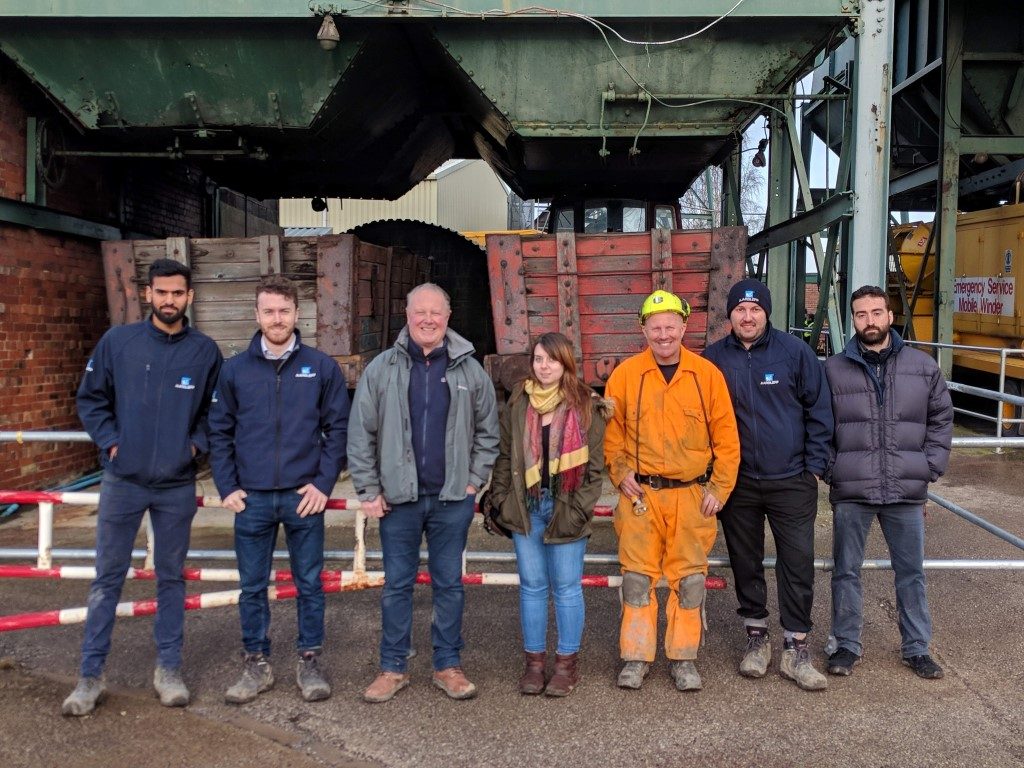Aarsleff Ground Engineering take learning outside the ‘classroom’ with trip to local mine

Aarsleff Ground Engineering take learning outside the ‘classroom’ with trip to local mine
As a member
of the British Drilling Association (BDA) Aarsleff Ground Engineering has now
been involved in some major drilling & grouting shallow mine working
schemes and with more on the horizon,
the company decided to take learning outside of the ‘classroom’ and visit
an authentic Yorkshire coal mine. The company’s Estimators and Engineers
visited West Yorkshire’s National Coal Mining Museum to experience at first
hand the geology of a mine via a drift walk and an underground tour.

The area is
one of the few locations in the UK where the public can participate in
underground tours of a coal mine that are led by former miner and tour guide
Stephen Oxley, who began work as a miner in 1978 until they closed in
2004. Caphouse Colliery is situated on
the north side of the A642, mid-way between Huddersfield and Wakefield. Coal
production at Caphouse ceased in 1985 when the mine closed in association with
downscaling of the mining industry in the UK. In 1988, the site was re-opened
as the Yorkshire Mining Museum with technical support and assistance from the
British Coal Corporation. The area has a history of coal extraction dating back
over 500 years.
First, the
team walked along the inclined cross-measures ventilation drift, which acts as
a second egress, and provides a unique educational resource for the study of
Coal Measures rocks. The Ventilation drift consists of two legs, 250m in length
with an abrupt change of direction between the two legs. Several coal seams, in
particular the Flockton Thick, Flockton Thin, Old Hards, Green Lane and New
Hards coals, are traversed. The ventilation drift is supported by steel arches
with timbering or metal sheets between each arch. Consequently, exposure along
the drift is not continuous and is mainly accessible via a series of refuge
holes, originally created to provide a safe space for miners to avoid passing
coal tubs. The inclined ventilation drift enables access to about 100m of this
stratigraphical interval, which includes economic coal seams and associated
inter-seam strata as well as recent mineral precipitates including calcium and
manganese carbonates, manganese oxides and iron oxyhydroxides.
Following on,
the team then descended 140m to view former workings and exhibits in the New
Hards Seam Workings.
Aarsleff
Ground Engineering’s estimator Chris Purvis said:
“The trip to the NCM was a fascinating opportunity
to learn first-hand about the aspects of early and modern coal mining
extraction methods such as pillar and stall and longwall, the machinery that
was used to cut, transport and support the roof, the dangers of mine gas and
also most importantly what geological structures, minerals and rock properties
would help miners understand where workable seams could be found. As an
estimator who prices drilling and grouting projects around the UK this trip was
beneficial because it developed my understanding of how coal is mined
throughout the 18th, 19th and 20th century, and to help provide clues as to
what areas are most likely to have increased risk of subsidence for any
modern-day developer.” For more information about Aarsleff Ground
Engineering, Abandoned Mine Consolidation or its Drilling and Grouting
solutions, contact the company on 01636 611140 or email info@aarsleff.co.uk
Comments are closed